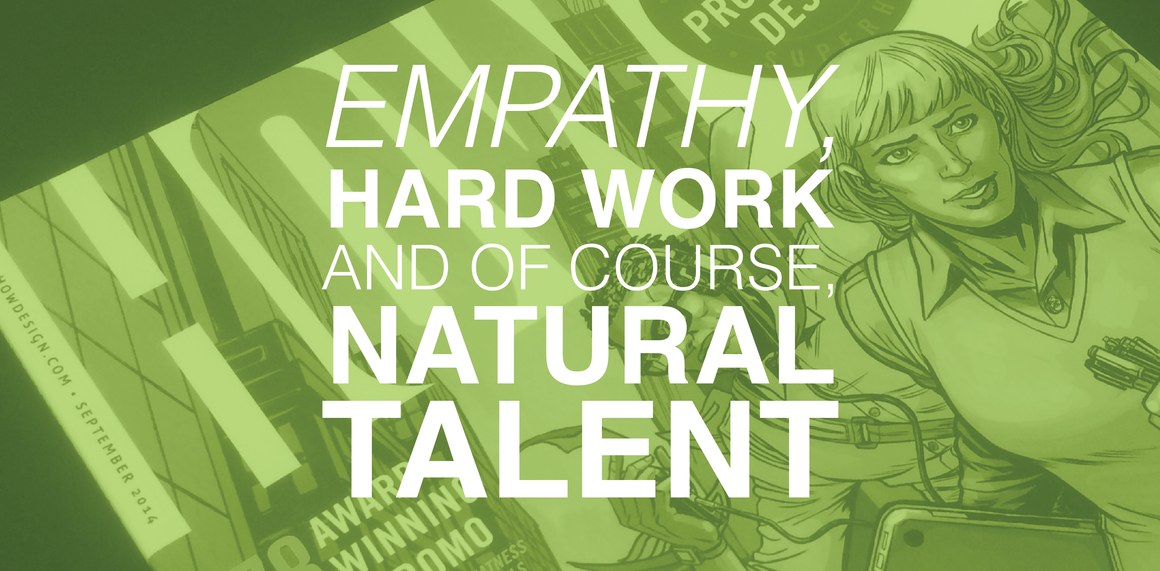by Chris Buoni
Let’s get this disclaimer out of the way right up front – I still love print.
I’ve worked in print for years, I deal with print every day, and I spend a great deal of my time helping my customers with print. I believe there is, and always will be, value in the printed word. So professing how enlightening and fun my time was at the most recent HOW Interactive Design Conference in Washington, D.C., might sound a little awkward to some. A print guy talking about interactive? No way.
Attending sounded awkward to me at first too. But after spending two days immersed in interactive design discussions, surrounded by interactive design professionals 24/7, I don’t feel awkward talking about interactive at all. I actually feel energized. I’m excited about the professional possibilities interactive presents for me and for Perfect.
Yes, early on during the conference I really wasn’t sure what to expect. Information architecture, UX, transformative technology, usability—all terms I have learned and discussed, but never in such concentration and proximity of so many experts. It was a landslide of fresh concepts. The theory and discussion, while informative, had the potential to overwhelm.
But then a funny thing happened. The more sessions I attended, the more comfortable I felt with all of the new information. And, the more the interactive designers talked, the more their wisdom sounded like the conversations I’ve been having with my print design colleagues for years. Once again, I was reminded that no matter the medium, good design is built on research, planning and a clear understanding of audience. Empathy, hard work and of course, natural talent, are still the best ingredients for memorable design and a positive user experience.
Some universal design principles cross over presentation channels:
- Success lies at the intersection of audience (user), copy (content) and creative (Development)
- We should focus only on the necessary content (message)
- You must challenge assumptions—every element must have a reason for inclusion
- Structure is vital—order never arises from chaos
- Design conveys and supports tone
- Great design can simply express complex ideas
- Your design must have intent
Feeling much more at ease after my realization, I was able to absorb and appreciate all of the great information the speakers delivered at the conference. I got to know familiar concepts at a deeper level and learned about emerging topics that are critical to successful interactive design.
For all of my colleagues—both print and interactive—who could not attend, here are some of my favorite takeaways from the HOW Interactive Design Conference:
- We are getting increasingly closer to replacing front-end coding with a stable platform (see Macaw).
- Therefore, back-end structures that can move data through complex exchanges will become the more important Development need.
- Create a system for building your websites that maximizes thought equity and leverages MEAs (Minimum Effective Artifact)—great thinking by Chris Cashdollar!
- Great tools are available for selecting and measuring font usage in digital space (Google, Typekit and others have tools to measure the impact of font choice).
- Contrast ratio for a website should be 4.5 to 1.
- Mobile first Information Architecture (IA) not only places a primary emphasis on user experience (UX) but it necessitates the importance of content hierarchy and simplicity.
- Optimum line length should be 45-75 characters for interactive.
- PDFs are futile in the digital space because they are non-responsive. They are like paper in a digital universe.
- Moore’s Law will eventually meet physical limits. The pursuit of new technology may soon give way to improving existing platforms for usability.



Leave a Reply